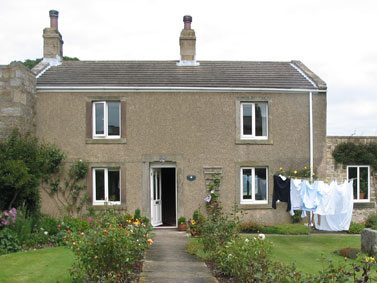David Rawlins - Chartered Surveryors

- Article Introduction
- Curriculum Vitae
- Damp
- Doubleglazing
- External Walls
- Energy Efficiency I
- Energy Efficiency II
- Energy Efficiency III
- Listed Buildings & Conservation Areas
- Listed Buildings
Energy Efficiency I
English Heritage State:
“Historic and traditional buildings make up about 25% of the housing stock. While
they are not exempt from EPC’s (Energy Performance Certificates), they do require
more careful consideration since they are built very differently from modern housing
and because listed buildings and buildings in conservation areas are subject to
statutory protection. The software that generates EPC’s, if not controlled by the
Domestic Energy Assessor, could generate ratings and ecommendations that are
inaccurate, misleading, inappropriate and possibly illegal to carry out. This could lead
to unnecessary expense for homeowners, harmful alterations to precious buildings,
and possibly claims against the Domestic Energy Assessor. .................. Standard
measures to improve energy efficiency which are appropriate for modern buildings,
are often expensive, ineffective and potentially harmful when applied to traditional
buildings.”
David Rawlins Ltd can advise the most appropriate improvements to period & listed buildings as an aid to energy efficiency, which should not adversely impact on the original building.
Windows
Many original vertical sliding sash windows incorporate original crown glass, which is much lighter than modern glass, but offers light refraction which cannot be replicated with modern glass: any crown glass can be expensive to replace. Schemes can be worked out to enable the original windows to be retained whilst offering improved safety & draught proofing.

Consideration must also be given to the fact that, at present, plastic is inclined to degrade over time and therefore tends to have only a limited life, particularly when subject to ultra-violet suns rays. Whilst they been developed &improved over the last 25 to 30 years, the current anticipated life span of a UPVC double glazed window is clearly open to question. We are increasingly coming across house owners who wish to replace the “defective plastic double glazing”. If one considers the costs of manufacture, the costs of transporting the windows into this country or to the area of installation, plus the other costs to the environment when the windows come to be taken out or disposed of; plus the number of times such windows need to be replaced to compare with the proven life span of the original traditional windows, the rgumentfor replacement of the original windows must surely be questionable.
When one considers the question of heat loss, the BRE (Building Research Establishment) accept that the replacement of the original sash windows in uPVC would not be justified on insulation grounds alone: Double glazing to windows and doors reduces heat loss through their openings by about half but they represent only a small proportion of the external surface area of the building and the "payback" is long in terms of energy savings (100 years?). As an alternative, a good case can be made for well-designed and carefully installed draught-proofing or secondary glazing.
Condensation
Apart from decay & insulation, a major reason for the desire to replace the old windows is the desire to reduce condensation. It must be remembered that condensation does not disappear with the replacement of windows, but can develop on walls. Indeed, any reduction in ventilation through removal of draughts can increase the incidence of condensation. David Rawlins Ltd can offer advice with regard to the likely causes of the condensation and the action necessary to reduce the excess moisture in the building.
External Walls
The walls of period houses tend to behave in a different manner than those of modern construction, and therefore require different methods of repair. “Modern” housing, where the walls are of cavity construction incorporate impervious membranes and other materials specifically designed to stop moisture entering the inside of the building. Older walls of solid construction are constructed of porous materials, which are not designed to prevent moisture entering the structure. Rather, moisture will inevitably enter the material. Traditionally, the moisture would then evaporate out from the wall. ANY impervious material added to such wall can alter or restrict such evaporation. With the introduction of Portland cements in the 1850`s, which were found to harden much quicker than the traditional lime mortars, there has been a gradual replacement of lime with cement rich mortars. This has increased in recent years due to the loss of craftsmen. Any addition of an insulation layer which includes impervious materials can increase the tendency to moisture retention and condensation.